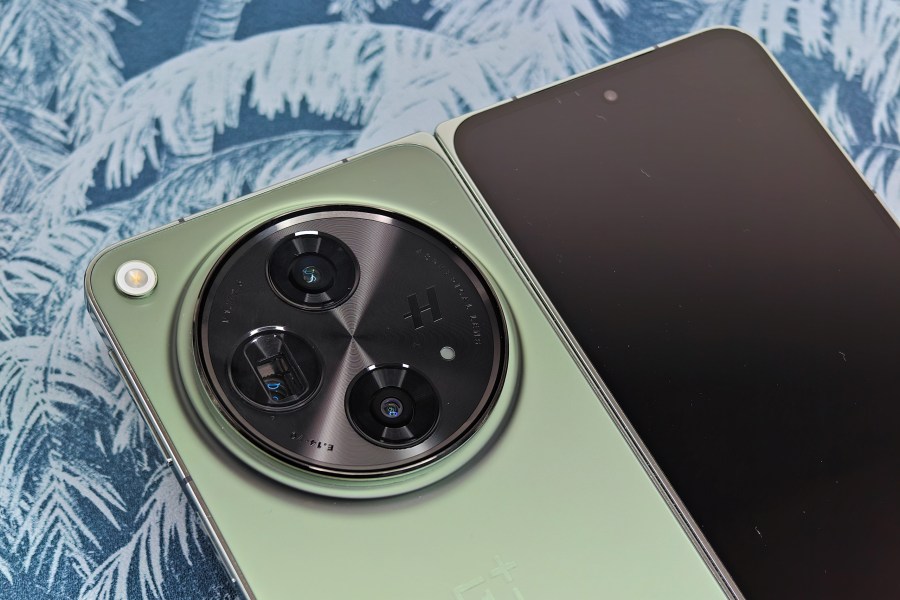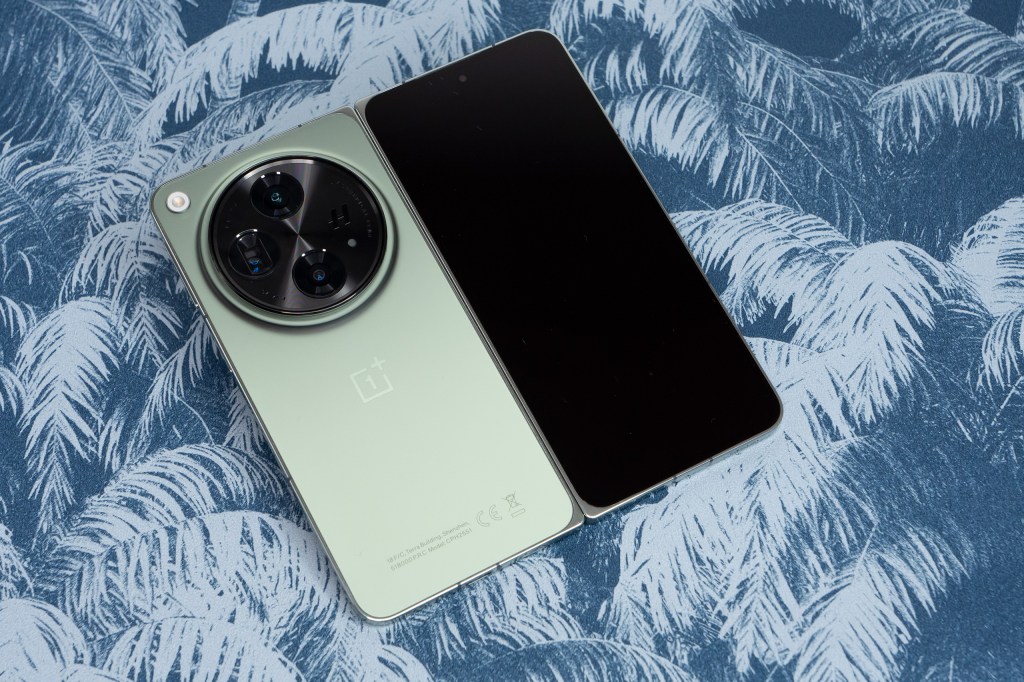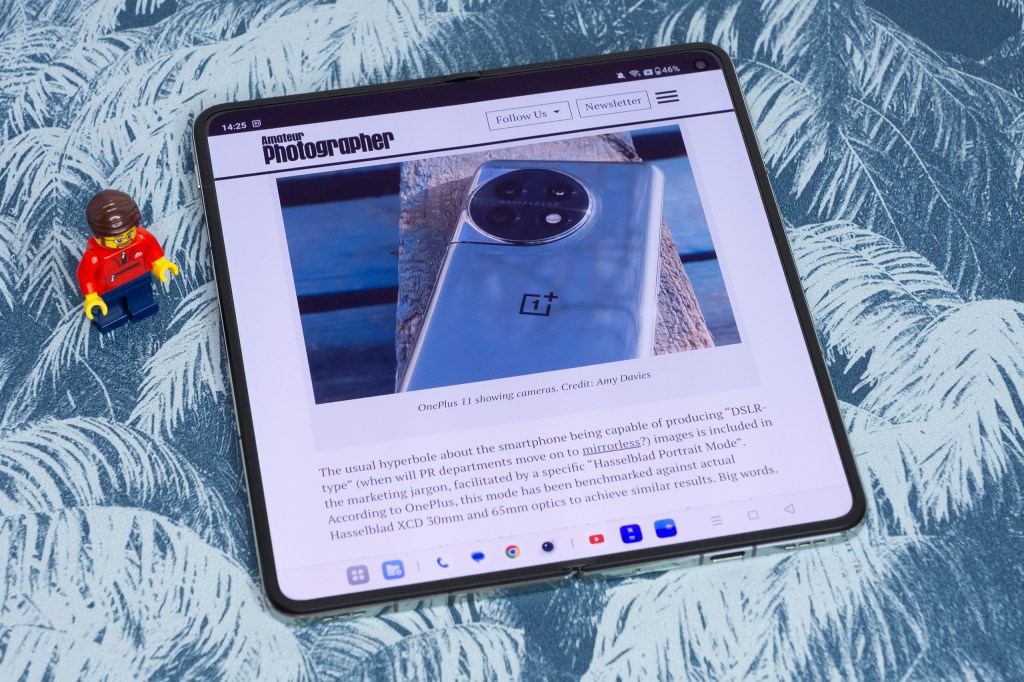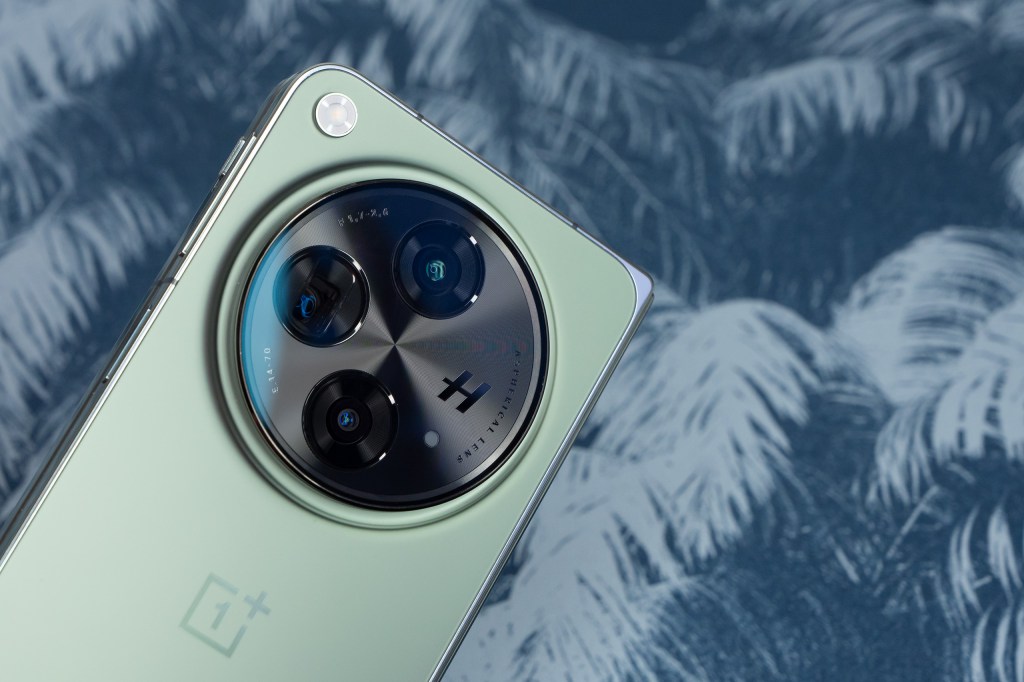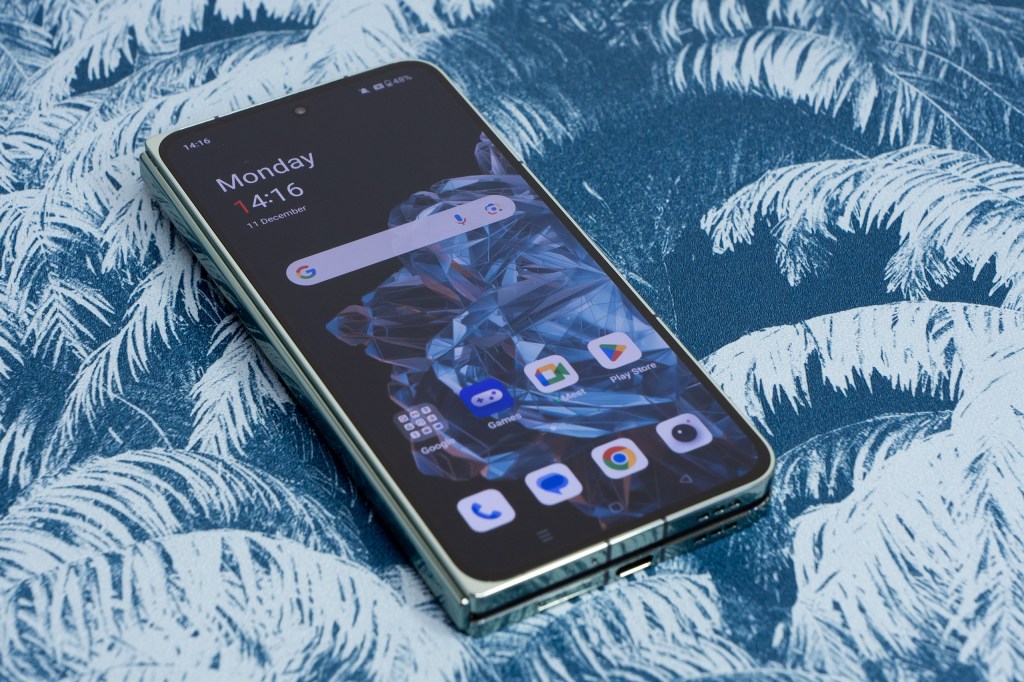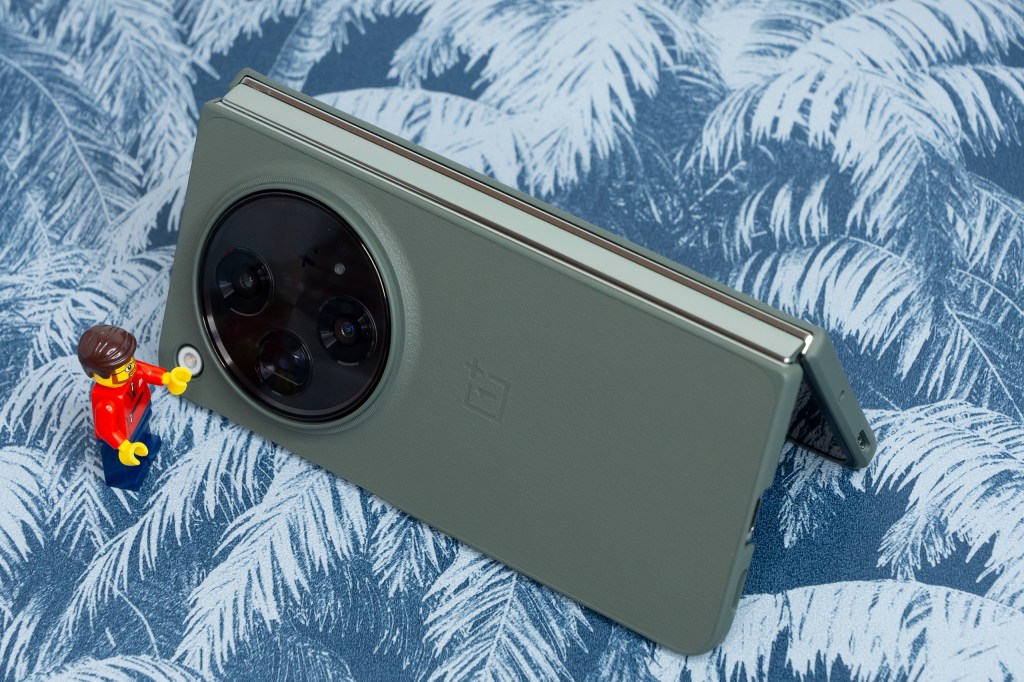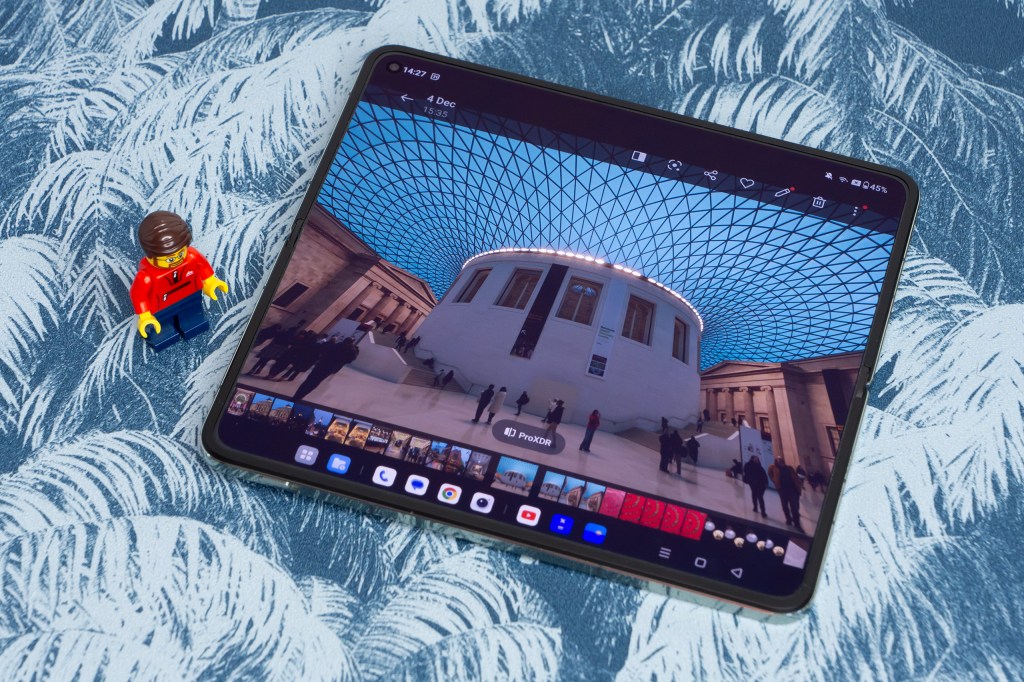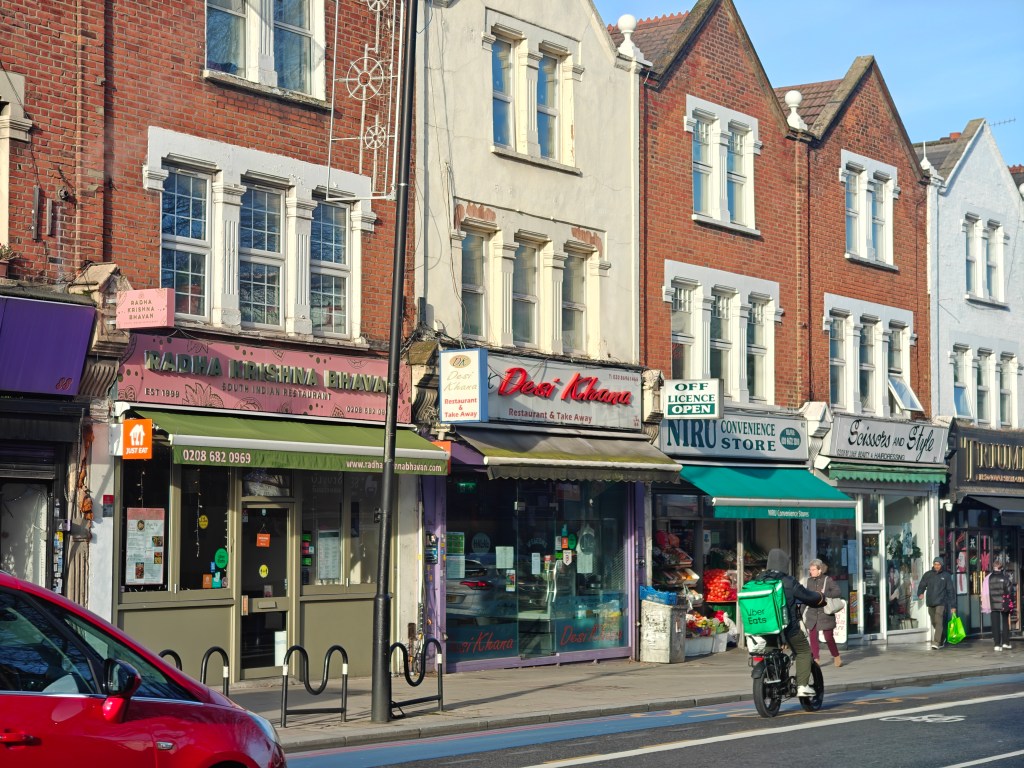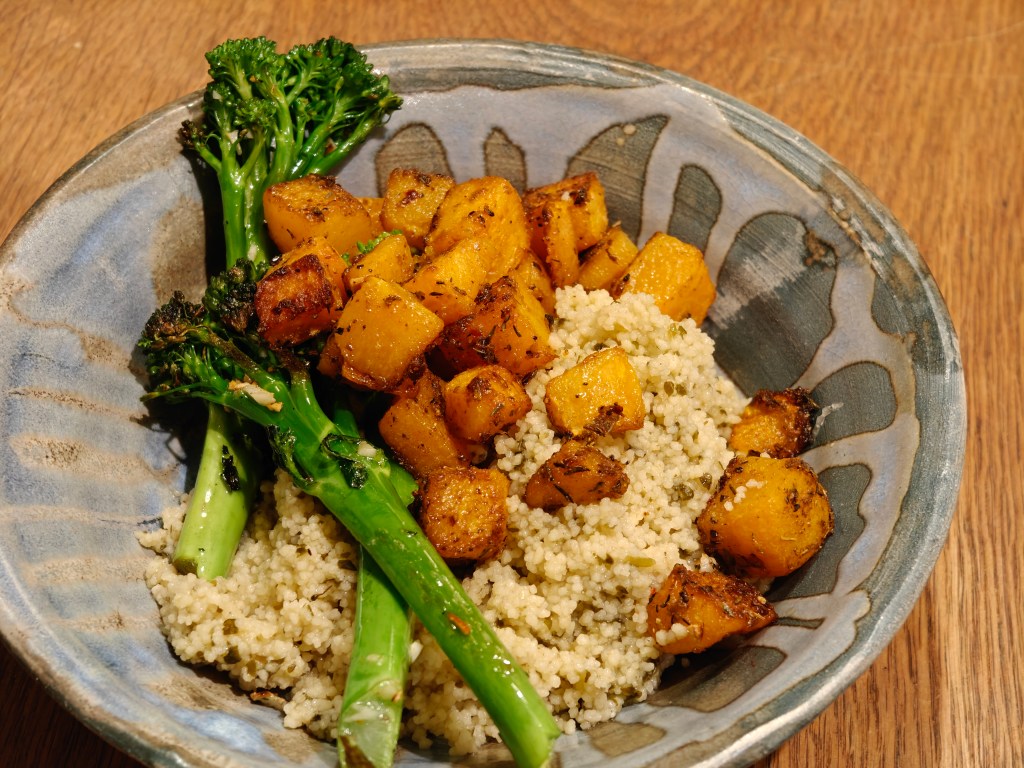The OnePlus Open is the only folding phone from OnePlus. It’s a rather impressive first attempt as well, with a priority being put on the Hasselblad cameras on the back, could this be one of the best phones for photography? Our expert phone reviewer Joshua Waller finds out…
Key Features at a glance:
- 48MP main camera, f/1.7, 24mm equivalent, OIS, PDAF
- 48MP ultra-wide, f/2.2, 14mm equivalent, PDAF
- 64MP telephoto, f/2.6, 70mm equivalent, OIS, PDAF
- 20MP f/2.2 ultra-wide (inner) 20mm equivalent
- 32MP f/2.4 ultra-wide (cover) 22mm equivalent
- 7.82inch folding screen, 120Hz, 2800nits
- 6.31inch outer screen, 120Hz, 2800nits, ceramic guard
- 4805mAh battery, no wireless charging
- 16GB RAM, 512GB storage
- Android 13
- 153.4×143.1×5.8mm open, 153.4×73.3×11.7mm closed
- 239g / 245g (black/green options)
OnePlus Open Hardware, design and features
We review smartphones from the perspective of choosing one for it’s photography and camera performance. Here we look at what the OnePlus Open camera offers, and the features included for photography and video.
Often due to space and design complications of the folding system, the camera setup can be a little bit lacking compared to non-folding phones. Not with the OnePlus Open, which has put a strong emphasis on the triple camera system on the back.
The OnePlus Open cameras are made up of:
The first camera to mention is the main 48MP wide-angle camera, with an f/1.7 aperture, optical image stabilisation (OIS), and phase detection auto-focus (PDAF). This gives pixel-binned 12MP images, and uses a 1/1.43inch sensor.
There’s a 48MP ultra-wide-angle camera, with an f/2.2 aperture, and this also features autofocus (PDAF), which can be used for close-ups. Again, this gives pixel-binned 12MP images, and has a 1/2inch sensor.
There’s also a high-resolution 64MP telephoto camera, with an f/2.6 aperture, as well as autofocus (PDAF), and optical image stabilisation. The telephoto camera can be used for close-ups, and gives pixel-binned 16MP images, and is also a 1/2inch sensor.
One of the useful things about dual-screen smartphones like the flip and fold phones available, is that you can use the main cameras for selfies, portraits, and group photos. Meaning you don’t have to use the lower quality selfie cameras.
However, if you do want to use the selfie cameras on the Open, then you’ve got a 20MP f/2.2 inner camera, and a 32MP f/2.4 outer camera, however, it’s worth noting this have much smaller sensors than the main cameras and therefore quality is likely to be lower.
The OnePlus Open looks like, and feels like, a premium folding phone, with a quality of construction up there with the best, yet the price is really rather competitive, at $1499 / £1399 currently (normally $1699 / £1599). Still significantly more than many flagship phones, if you think of flagship phones at the £1000 price point, but not much more than the higher memory options from Samsung, and Apple.
Other folding phones include the Samsung Galaxy Z Fold 5, and the Google Pixel Fold. Both currently cost more than the Open in price, but as with many folding phones, there are regularly offers of bundled freebies, or discounts available.
As mentioned, the OnePlus Open looks great, it’s got a thin body, with premium metal framed construction. The thinness of the phone is only broken by the larger circular camera bump on the rear. There’s even a sliding switch on the side with three positions to adjust the volume between on / vibrate and silent, as found on OnePlus phones of the past.
When opening the phone, you can adjust the level of fold to suit your needs, for example, if you wanted to watch a film or adjust the camera angle. However, it’s worth noting that when completely open it’s not entirely flat, there is still a very slight bend. This isn’t really noticeable day to day, unless you’re a bit obsessive about things like this, but as a reviewer it’s my job to point it out. It is, however, flatter than the Google Pixel FOLD, which is far more noticeable.
Wireless charging is not available, and this is a real shame, as this is a premium phone, and wireless charging is now seen as a must-have feature for many.
The screens look great, with a high level of brightness available, on both the external and internal screens, and this can be really useful for viewing photos and websites, and anything else you use the phone for.
There are a wide range of shooting modes available in the camera app, as well as full manual controls in the “Pro” mode. In here you’re able to use manual controls and settings on all of the different cameras available from the 0.6x camera through to the 3x telephoto camera, as well as the 2x and 6x digital zoom modes.
The phone gives quick access to Pro, Video, Photo, and Portrait shooting modes, with the additional shooting modes found under more. These include night, hi-res, panoramic, film, slow-mo, long exposure, dual-view video, time-lapse, text scanner and XPAN. Film is a video mode, with options to record LOG video.
Included in the box is a 67W charger, a free two-part case, USB cable, a OnePlus membership card, some OnePlus stickers, a sim-removal tool and a range of booklets.
OnePlus Open Performance
Hasselblad have been working with OnePlus since the OnePlus 9 from 2021, and this means that imaging experts from Hasselblad are involved in tuning the results from the cameras, to give improved colour and performance from the camera system. So we should see some great results from the cameras on the OnePlus Open.
The main 48MP wide-angle camera gives pixel-binned 12MP images, and has an f/1.7 aperture as well as optical image stabilisation (OIS). Dynamic range is handled nicely with automatic HDR (high-dynamic range) combining a number of shots for enhanced dynamic range.
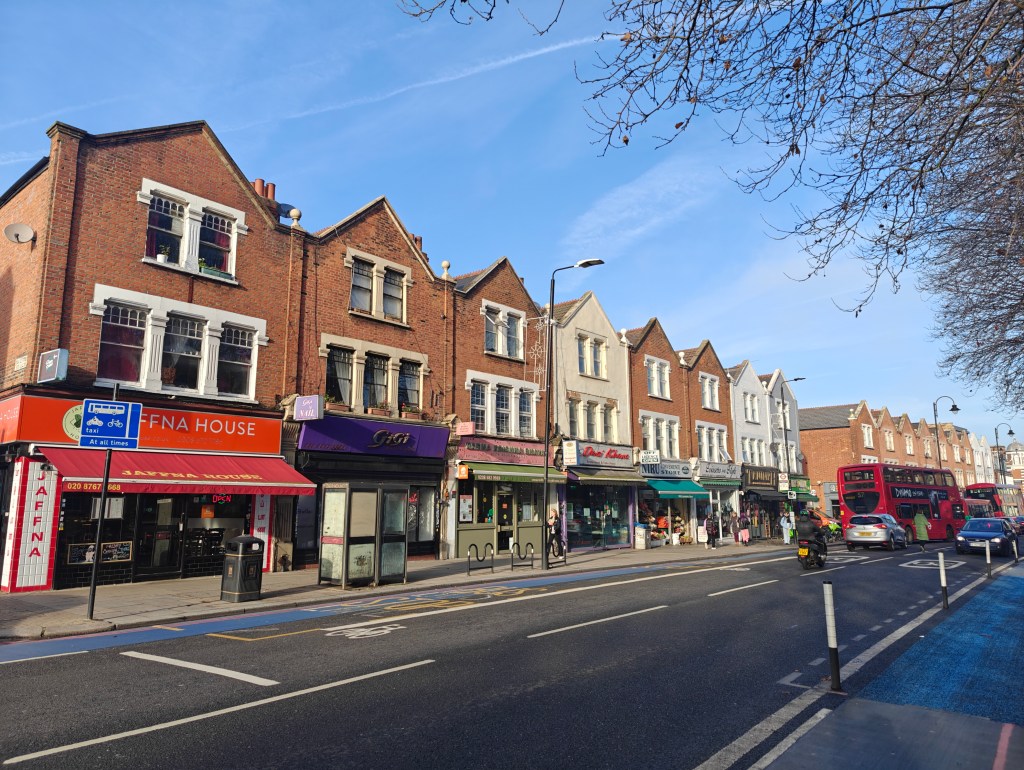
OnePlus Open shooting a street full of shops. Photo JW/AP – Main camera used, see links below for other shots taken at the same location.
Taking the same shot, at the same location, and at the same time, but with 2x (digital) zoom, shows a degradation in image quality.
The 64MP telephoto camera gives a 3x view, which is a good telephoto camera to have on a smartphone – rather than just 2x for example. The output is actually a pixel-binned 16MP image. Shown above is the photo from the 3x telephoto camera, and you can view the 6x (digital) zoom here, where image quality drops.

The British Museum, taken using the ultra-wide-angle camera on the OnePlus Open. Photo: Joshua Waller
The ultra-wide-angle camera gives reasonable results, however, images are a little softer than I would have liked to see. Colour reproduction is very good, without being overly saturated.

Using the telephoto camera gives good results, as long as light is good, and you’re not too close to the subject. Photo JW
Telephoto close-ups can switch to digital zoom (from the main camera) if light levels drop too much, or when you get too close to the subject. In comparison the iQOO 12 (from Vivo) will keep using the telephoto camera even in low-light, and with the subject closer. This is a shame, as the images using digital zoom are of lower quality, and it’s often difficult to tell on the phone when it’s switched to digital zoom.
When the camera continues to use the 3x telephoto camera for macro and close-up photos, rather than switching to digital zoom, the results are very good, with plenty of detail and good colour.

OnePlus Open, main camera, low-light. Photo Joshua Waller
Low-light performance from the main camera is very good, giving great results, even when shooting hand-held. The telephoto camera can also give some really nice results in low-light conditions, as shown below.
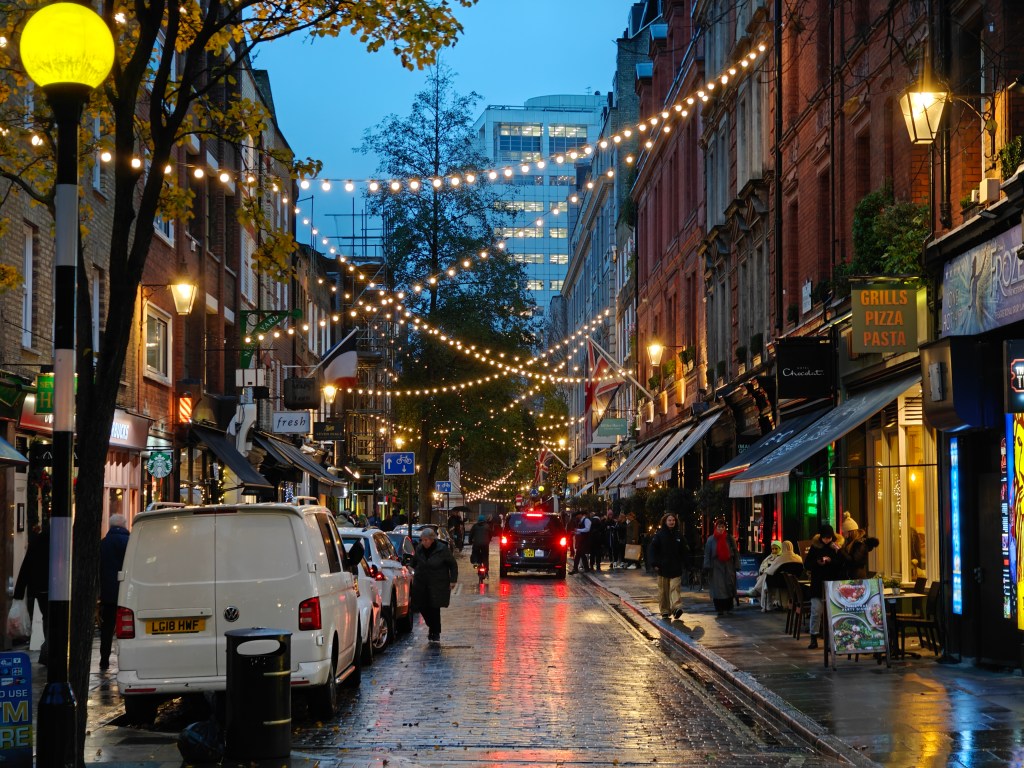
OnePlus Open, low-light with the main camera. Photo Joshua Waller
The inner and outer selfie cameras are fixed focus, but give reasonable results. For the most flattering portraits though, you’d be better off using the main cameras. It’s quite straightforward switching screens to enable self-portraits with the main camera(s). Similarly, you’re going to get better video results when vlogging with the main cameras. You can use the portrait mode to adjust the level of background blur.

Group portrait using the OnePlus Open main camera. Photo JW/AP
The phone offers 4K video recording at 60/30fps from the main cameras, as well as 4K 30fps from the selfie cameras. Stabilisation is good, helping keep video stable when recording without a gimbal.
Value for Money
The OnePlus Open is currently priced competitively, at $1499 / £1399 currently with 16GB/512GB – normally $1699 / £1599. This makes it cheaper than the Samsung Z Fold 5, at $1919 / £1849 (512GB), and the Google Pixel Fold at $1919 / £1869 (512GB). There are often special offers available so make sure you see what’s on offer, and if the deals are available in your area. In comparison to non-folding phones, it’s still at the upper end of the scale.
OnePlus Open Verdict
The OnePlus Open is a really nice folding phone, and shows that you don’t have to buy a Samsung to get a premium experience. There’s a great set of rear cameras, with good results from the ultra-wide, great results from the main camera, and really good results from the telephoto camera.
In terms of down-sides, the ultra-wide angle camera is perhaps one where I would have liked to see sharper images, as results can look soft at times. In addition the lack of wireless charging is an odd omission on a flagship phone at this price point.
The next generation of camera phones are on their way, and the iQOO 12, Vivo X100 Pro, and Oppo Find X7 Ultra all looking to take smartphone cameras to the next level, with non-folding phones still looking like they’ll have an advantage over folding phones. However, the gap doesn’t seem to be as big as it once was.
In terms of folding phones, the OnePlus Open is up there with the best, and has a much more impressive build quality when compared to the Google Pixel Fold. If you’re looking for a folding phone, then the OnePlus Open gives photographers some high-quality results and a great shooting experience.

For more options have a look at our guide to the best flagship camera phones, or check out the Samsung Galaxy Z Fold 5 and Google Pixel Fold reviews.
Follow AP on Facebook, Twitter, Instagram, YouTube and TikTok.

